The only way to provide the water your crops need without a single drop being wasted is to fully understand the real water needs of your plants, or take care of water balance. To do this, it is essential to compare the water made available by rain and that provided by irrigation with that lost due to evaporation of the soil and the transpiration of the plants themselves.
In fact, it is necessary to carry out a real one water balance with positive posts (incoming water) e negative posts (outgoing water).
+ Rain – Evaporation from soil
+ Irrigation – Transpiration from plants
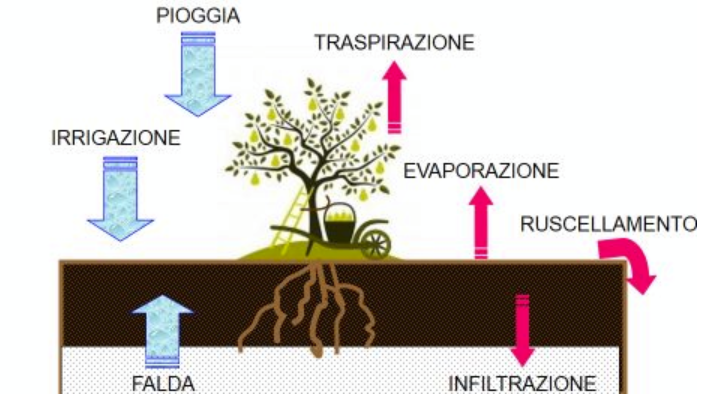
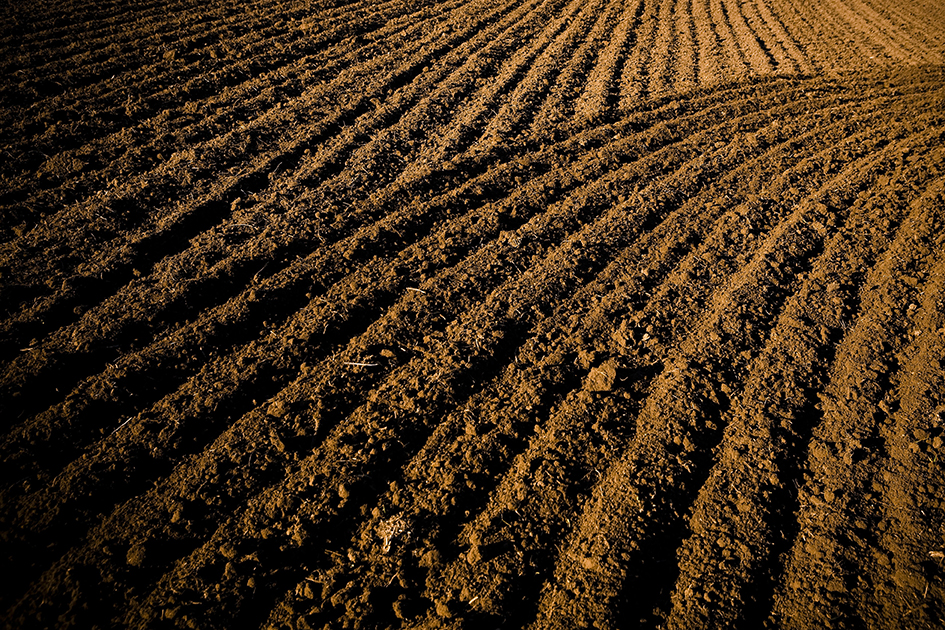
However, as easy as it is to say, it is not the same to do.
In fact, you have to take into consideration:
✔ le pedological characteristics of the soil: the drainage capacity of a soil, i.e. the time in which the water remains available to the roots. And this varies depending on the soil, which can be more or less sandy, more or less clayey or silty;
✔ theweather-climate trend: evapotranspiration, or the quantity of water lost through evaporation and transpiration, obviously depends on the temperature and humidity of the air, solar radiation and wind;
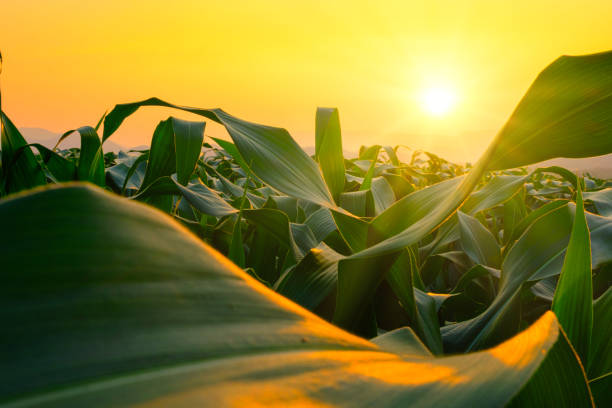
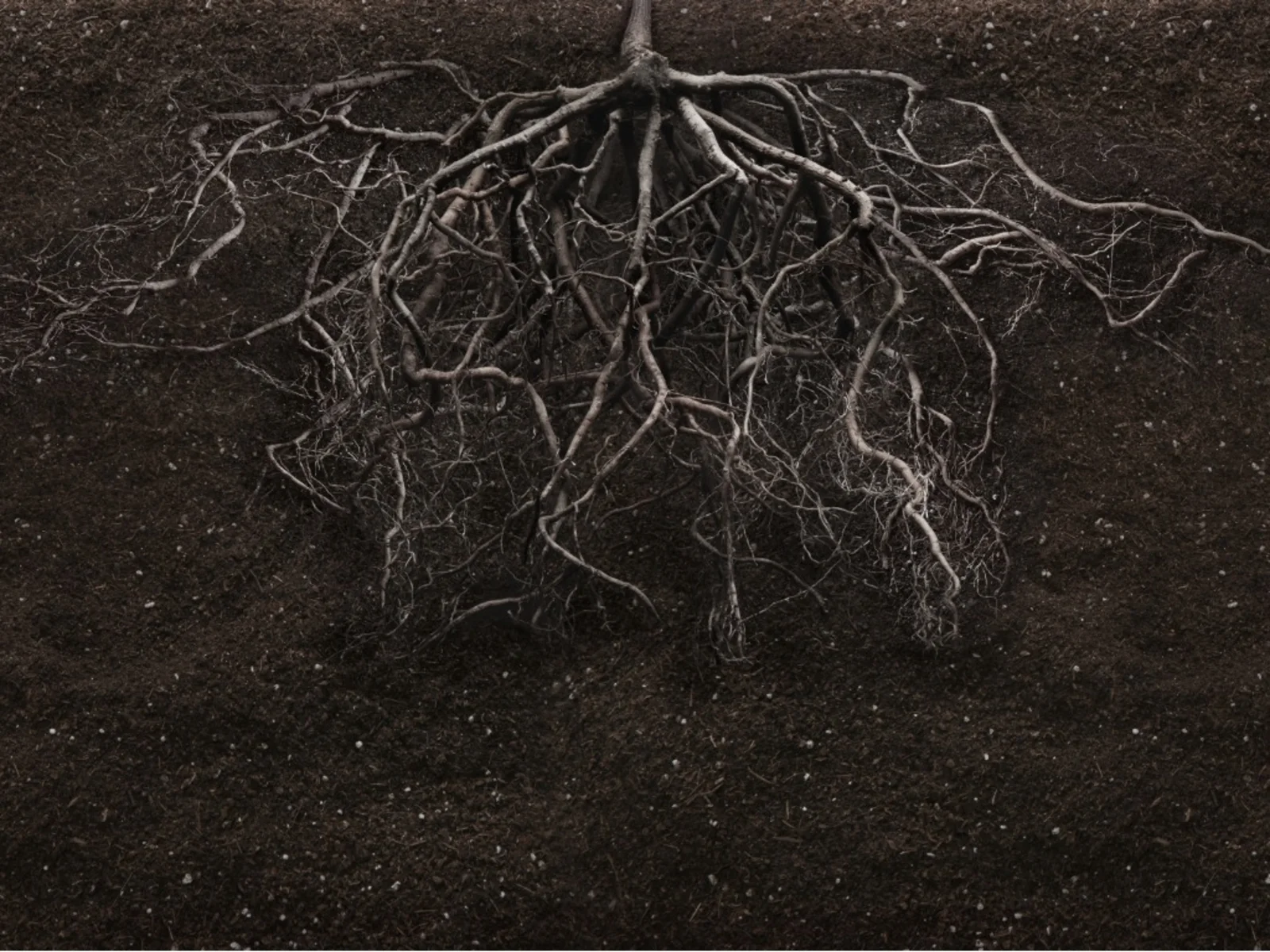
✔ the pace and degree of root development of plants, which as they grow are able to draw water from increasingly deeper depths;
✔ the fact that part of the rain and irrigation can be lost because the soil is saturated and therefore no longer able to absorb and retain water, creating phenomena of surface runoff.
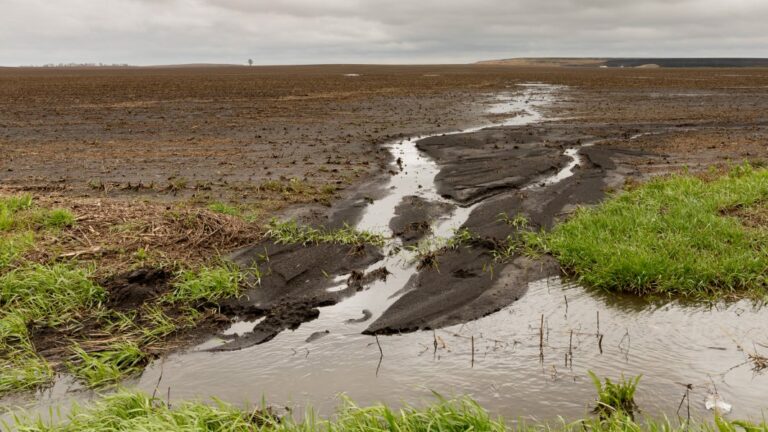
Today they exist technologies able to provide you with a daily valuable irrigation advice on the right quantity of water to supply to your crops, so as to allow you not to use a drop more than necessary and carry on aconscious watering.


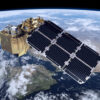
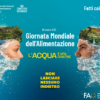
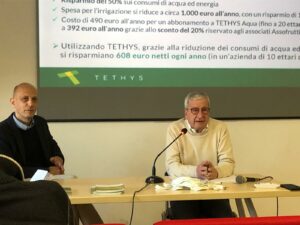
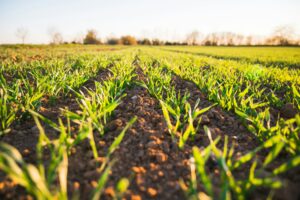
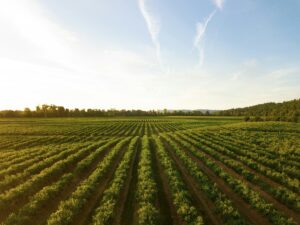
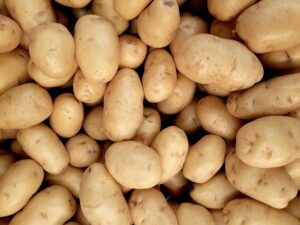
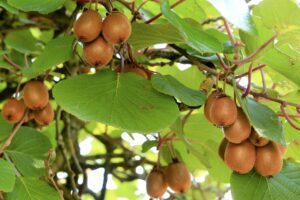

Leave a reply